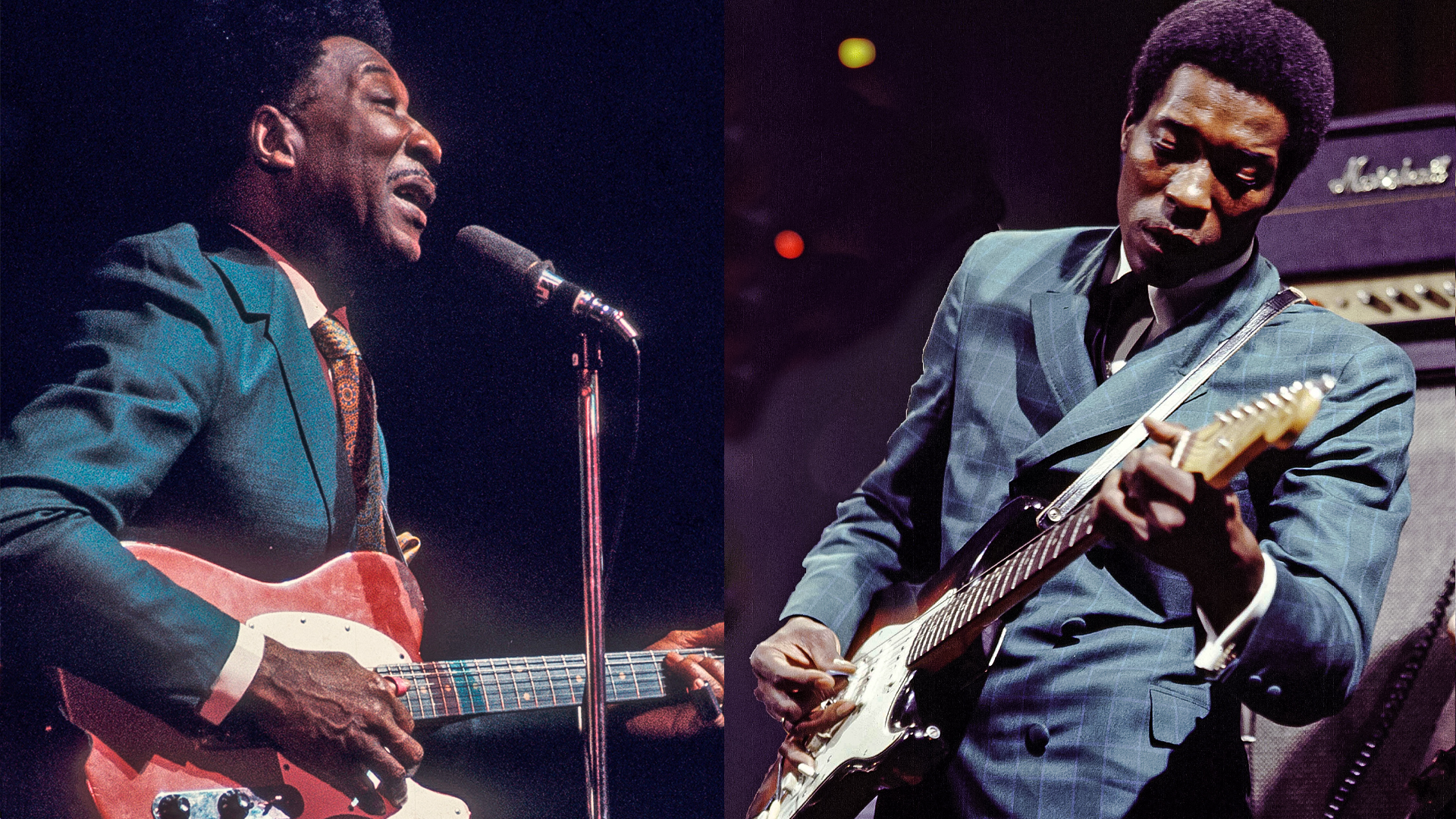Classic Gear: The Mosrite Ventures Model
The ultimate surf rock signature guitar.
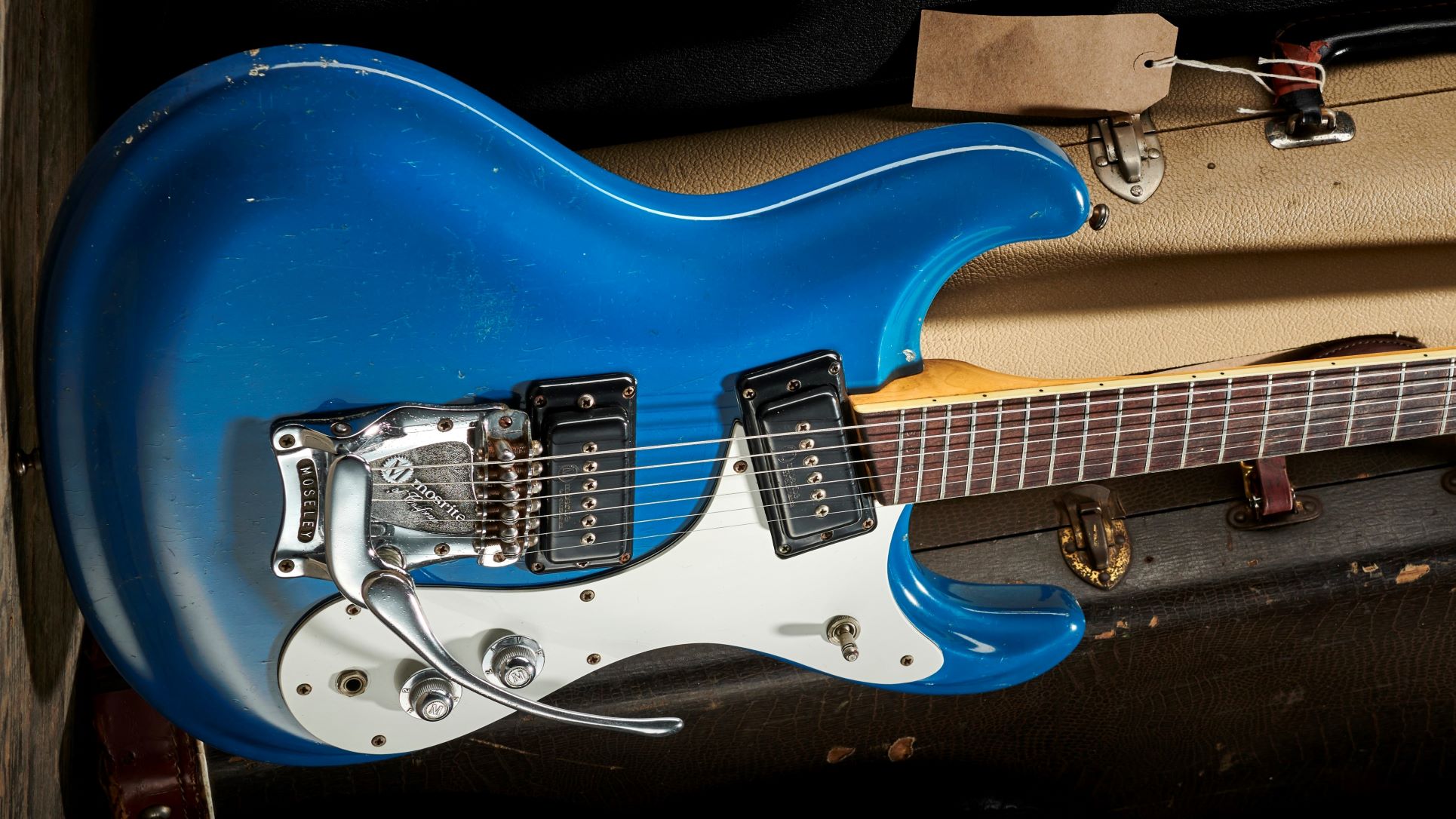
The endorsement guitar, or “signature model,” was nothing new when this stylish creation debuted in 1963. However, the Mosrite Ventures model took the concept several steps further, to the point where it was difficult to discern which came first: the endorsement or the guitar.
Mosrite founder Semi Moseley grew up in Bakersfield, California, after migrating there from Oklahoma (by way of Arizona) with the rest of his family while just a toddler in the late ’30s to early ’40s. Before setting out to build guitars, he played on the evangelical circuit in California. It was a far cry from the surf, rock and roll, and punk scenes that would passionately take to his guitars in years to come (although the Christian music world would remain a consistent, if less visible, market for his products too).
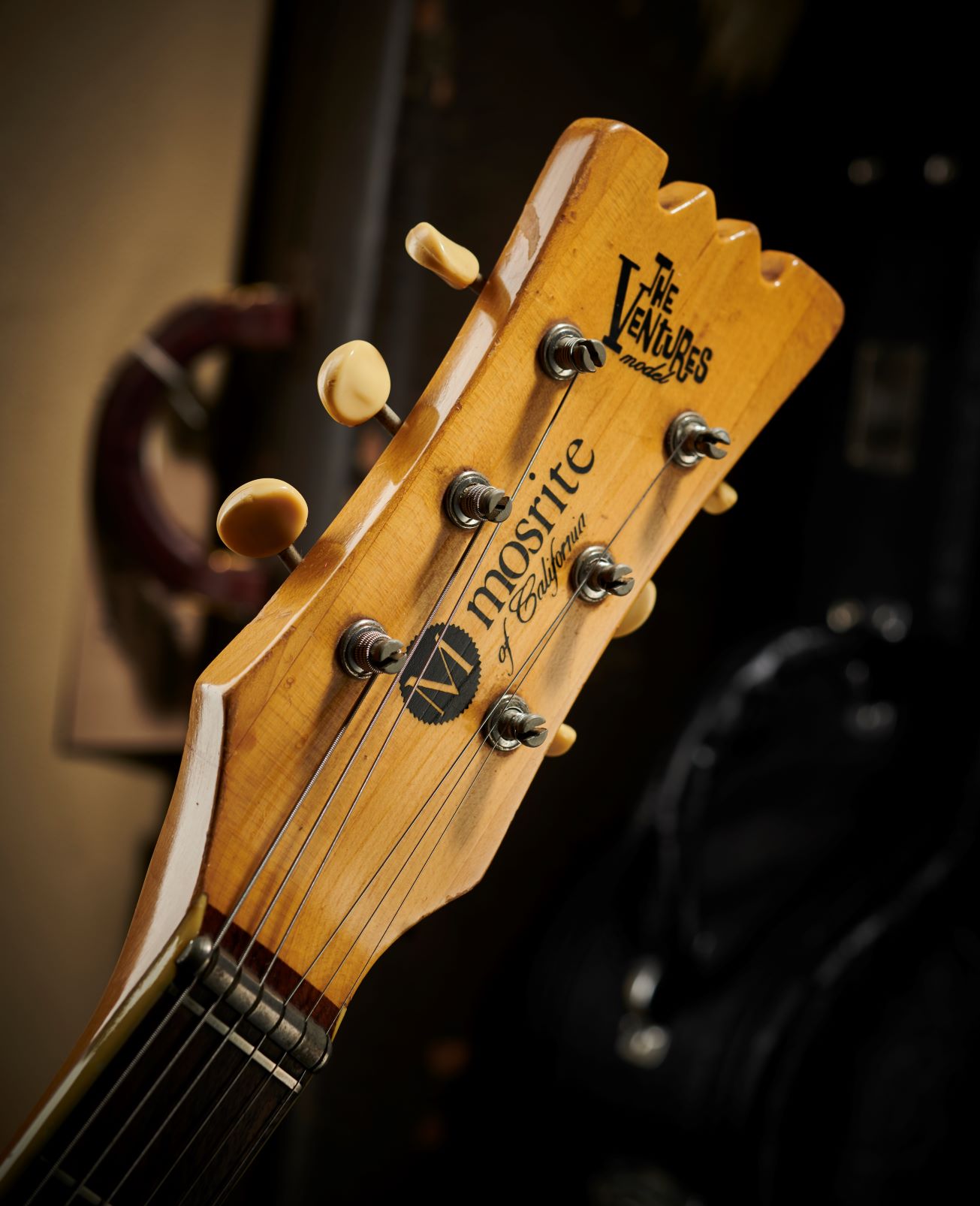
Moseley honed a talent for home-crafted hardware through an apprenticeship with Paul Bigsby, and learned the German-carve body style by working with Roger Rossmeisl at Rickenbacker. He then set out to build guitars under his own Mosrite brand in the late ’50s.

In 1963, Moseley’s sleek and quirky guitars caught the attention of Nokie Edwards, guitarist with the Ventures. Edwards not only had the surf-rock band abandon its Fender Jazzmasters, he also crafted a deal that gave the group top billing on Mosrite’s headstock. In the process, the company logo was demoted to model-name status between the tuner posts.
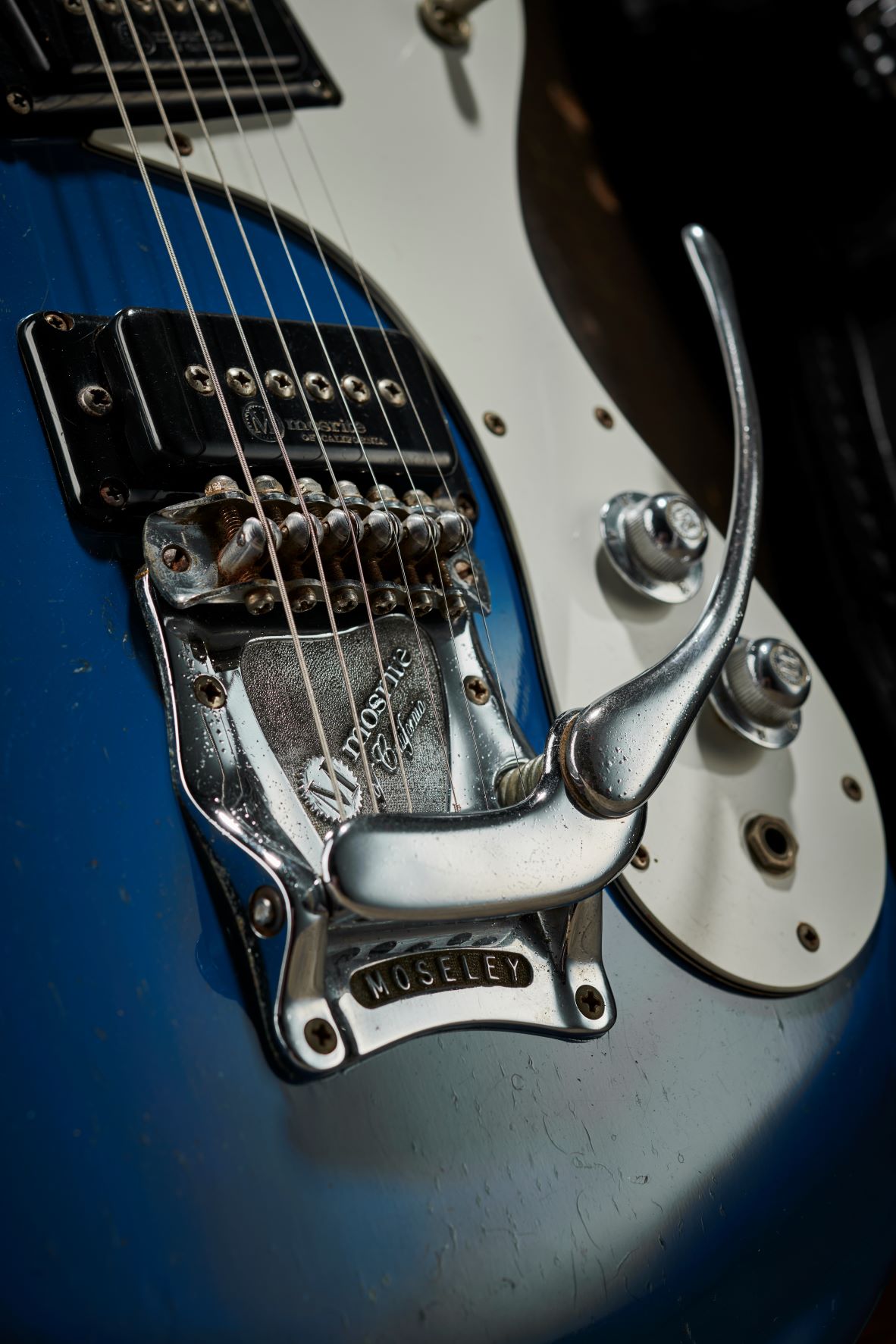
The band funded production of the Ventures guitar at Mosrite’s new factory in Bakersfield in exchange for exclusive rights to distribute the model. Due to the group’s popularity, the guitar was expected to be the company’s new bestseller, but the Ventures model never came close to rivaling Fender’s hot, custom-colored models, nor Gibson’s popular guitars. It was, however, the most prominent Mosrite throughout the latter part of the decade.
Take a close look at this beautiful example and you’ll see that, although the body is something of a reversed Stratocaster shape, nothing else looks like anything on another electric guitar. The neck has a slim, fast profile, with a precise zero-fret nut design and microdot inlays. The hardware and electronics were mostly made in-house by Mosrite. The pickups look somewhat like Gibson P-90s but are quite differently made, offering a beefy, bold tone that is simultaneously fat and clear. Notice how the neck pickup is mounted at an angle to help the bass strings retain more clarity and the treble strings more warmth – the reverse of the theory used on Fender’s Telecaster and Stratocaster bridge pickups.
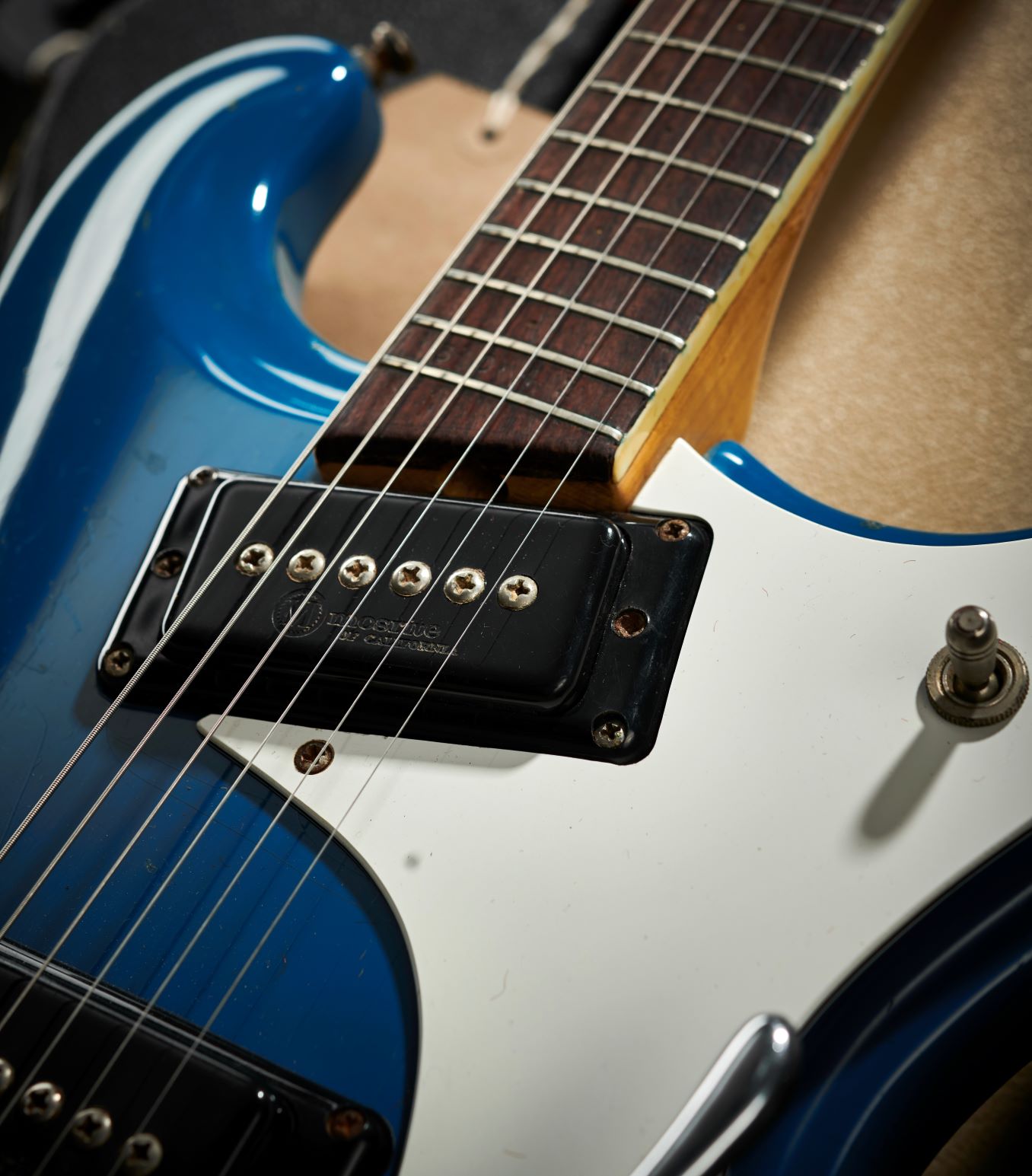
If your predilection leans more toward rock than surf, chances are you’ve had your Mosrite fix from Johnny Ramone, who powered the Ramones’ punk-pop fury with a modified Ventures II model that had a slab body rather than the German carve seen on this example.
All the latest guitar news, interviews, lessons, reviews, deals and more, direct to your inbox!
Ricky Wilson of the B-52s, Kevin Shields of My Bloody Valentine and Jerry Cantrell of Alice in Chains have also rocked Mosrite guitars, although the flashiest example in popular use was probably that of country artist Joe Maphis, who wielded his iconic signature-model double-neck for much of the ’60s and ’70s. Funk fans will dig the arguably hipper adoption of the Maphis double-neck by Ohio Players frontman Leroy “Sugarfoot” Bonner, as heard on ’70s hits like “Fire” and “Love Rollercoaster.”
Despite the major endorsements of Maphis and the Ventures, Mosrite had a bumpy run through the mid-to-late ’60s and folded in 1969. Various efforts to rebirth the company have occasionally resulted in worthwhile guitars, including – no surprise – Ventures and Ramones signature reissues.
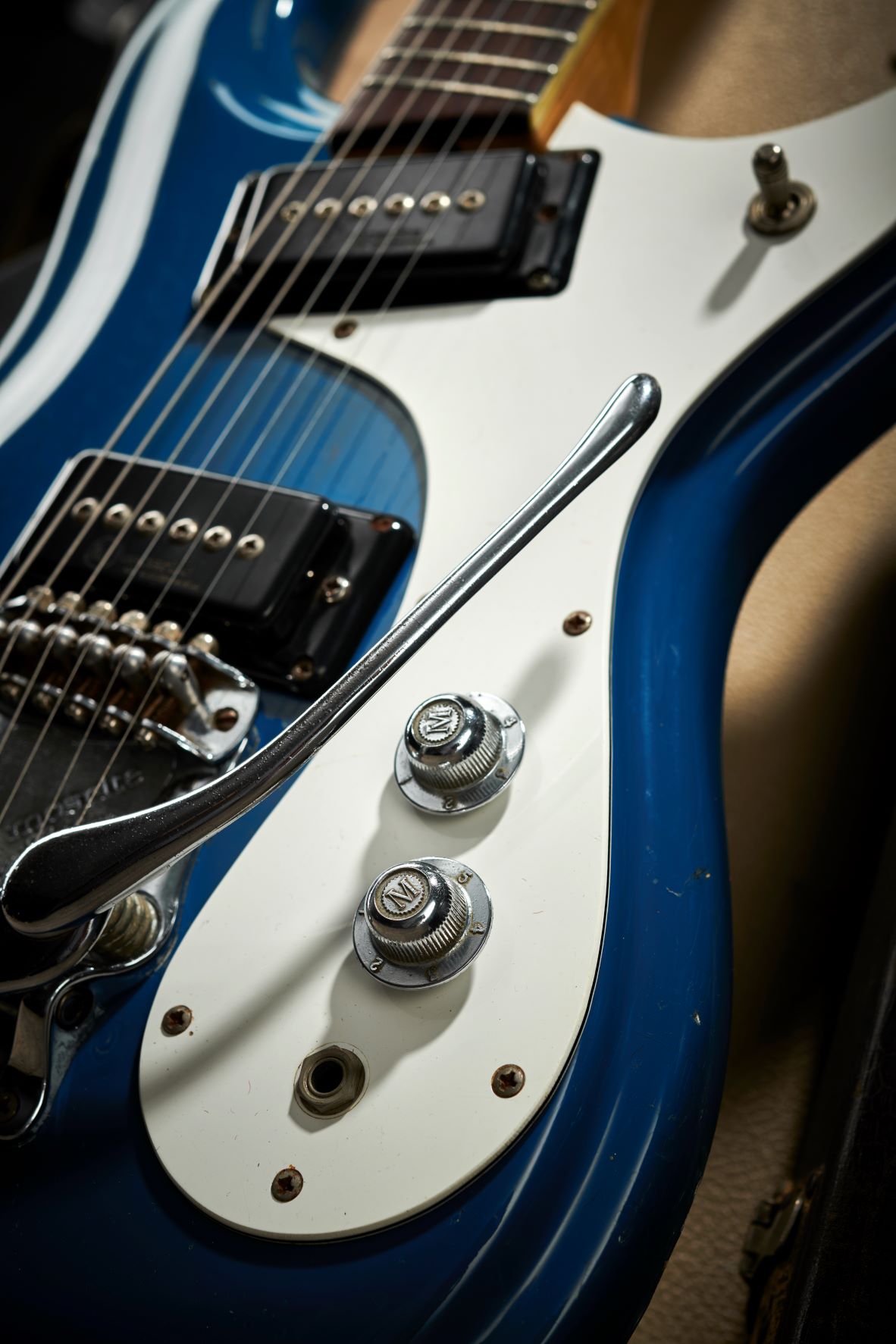
Essential Ingredients
- Reverse-style double-cutaway body
- Slim neck with zero-fret and steel guide nut
- Proprietary Mosrite vibrato and bridge
- Proprietary fat single-coil pickups
- “The Ventures” headstock
Dave Hunter is a writer and consulting editor for Guitar Player magazine. His prolific output as author includes Fender 75 Years, The Guitar Amp Handbook, The British Amp Invasion, Ultimate Star Guitars, Guitar Effects Pedals, The Guitar Pickup Handbook, The Fender Telecaster and several other titles. Hunter is a former editor of The Guitar Magazine (UK), and a contributor to Vintage Guitar, Premier Guitar, The Connoisseur and other publications. A contributing essayist to the United States Library of Congress National Recording Preservation Board’s Permanent Archive, he lives in Kittery, ME, with his wife and their two children and fronts the bands A Different Engine and The Stereo Field.

